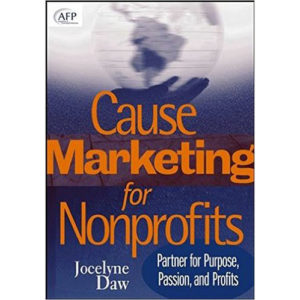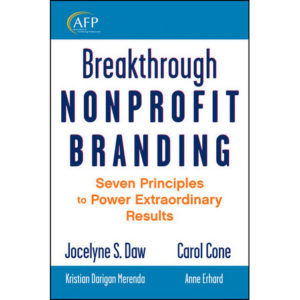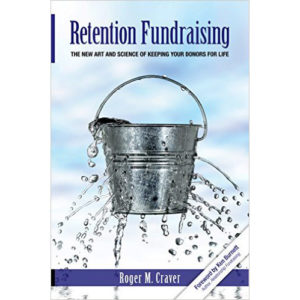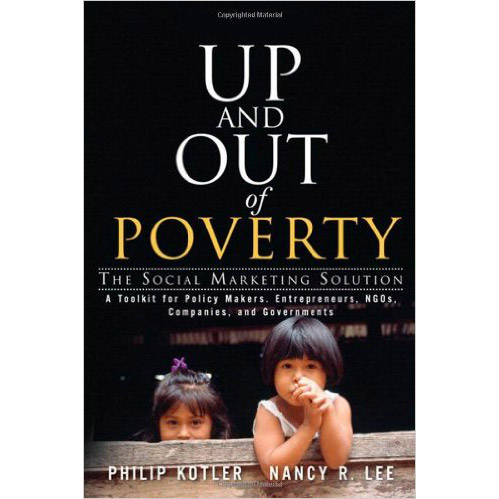Up and Out of Poverty: The Social Marketing Solution
by Philip Kotler and Nancy R. Lee
$7.95
In this book, legendary marketing expert Philip Kotler and social marketing innovator Nancy Lee consider poverty from a radically different and powerfully new viewpoint: that of the marketer. Kotler and Lee assess each proposed path to poverty reduction, from traditional large-scale foreign aid to improved education and job training, economic development to microfinance. They offer powerful new insights into why so many anti-poverty programs fail – and propose a new paradigm that can achieve far better results.
Buy the original book (opens in a new window/tab)
- Discover how social marketing techniques can help promote health, education and community building, among others.
- Find out how to apply advanced marketing strategies and techniques to systematically put in place conditions the poor need to escape poverty.
- Learn why so many anti-poverty programs fail, and how using social marketing can achieve far better results.
- Find out what's working to combat global poverty, what hasn't worked and why it hasn't worked.
1 review for Up and Out of Poverty: The Social Marketing Solution
About the Author
Philip Kotler is S.C. Johnson & Son Distinguished Professor of International Marketing at Northwestern’s Kellogg School of Management. He is the author of several books, including Marketing Management, now in its 13th edition (Prentice Hall, 2008). He can be reached at pkotler@aol.com.
Nancy R. Lee is president of Social Marketing Services, Inc. (www.socialmarketingservice.com), a consulting firm for social marketing campaign development and evaluation. She has co-authored four books with Philip Kotler. She can be reached at nancyrlee@msn.com.
What is Page to Practice™?
This one-of-a-kind professional development tool keeps you informed about great books and best practices. Each Page to Practice™ summary includes an executive snapshot, nonprofit interpretations, highlighted passages and an author interview. Informed subscribers make better book choices and, ultimately, save time and money. You can improve your personal performance, compare the views of leading nonprofit thinkers and respond to emerging trends. Learn more about how subscribers apply this time-saving tool to their professional advancement or download a free sample.
Related products
-
More Information

Cause Marketing for Nonprofits: Partner for Purpose, Passion and Profits
Cause Marketing for Nonprofits changes the way nonprofits view and execute cause marketing programs. It provides a wealth of hands-on, practical experience that can benefit any nonprofit organization interested in this innovative and growing form of generating revenue, building profile and achieving mission.
by Jocelyne Daw
$7.95 -
More Information

Buy-In: Saving Your Good Ideas From Getting Shot Down
Smart, practical, and filled with useful advice, Buy-In equips you to anticipate and combat attacks--so your good idea makes it through to make a positive change.
by John P. Kotter and Lorne A. Whitehead
$7.95 -
More Information

Breakthrough Nonprofit Branding: Seven Principles to Power Extraordinary Results
A hands-on guide to help your nonprofit build its brand, raise its profile, strengthen impact and develop deeper relationships with donors, volunteers, and other stakeholders.
by Jocelyne Daw and Carol Cone
$7.95 -
More Information

Retention Fundraising: The New Art and Science of Keeping Donors for Life
For three years, Roger Craver immersed himself in a study of nonprofits in the U.S. and the U.K. His singular aim was to uncover why donors quit an organization and what can be done to make them stay.
by Roger M. Craver
$7.95



The CausePlanet Team –
The authors don’t believe that one major solution (such as foreign aid or population control) is the answer to the poverty-alleviation problem. They believe that the best solutions will involve a partnership between nonprofits, the government and the business sector. Much of the work of helping the poor lies in using tools to understand, influence and assist the poor in becoming a part of developing their own solutions. The authors believe that social marketing has been missing in the fight against poverty. This book differs from others in that it focuses on the fieldwork aspects of trying to solve specific problems of hunger, disease, inadequate schooling, family planning, inadequate or unclean water, and other problems that contribute to poverty.